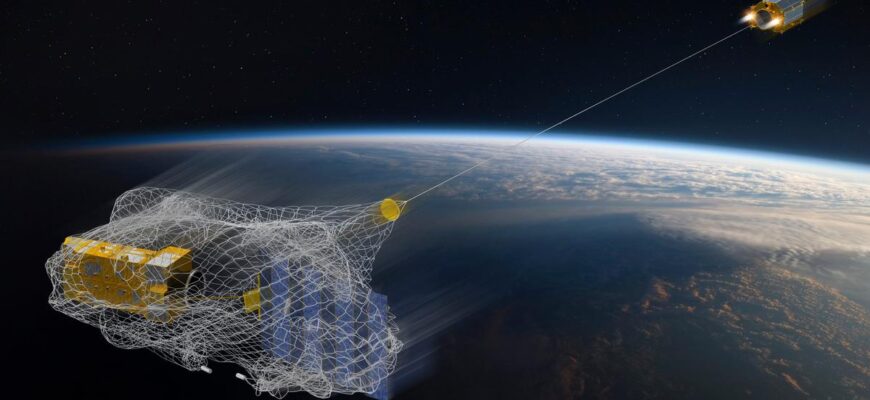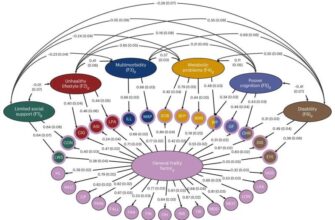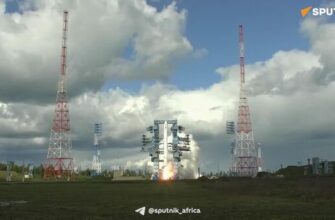In the grand tapestry of space exploration, where human astronauts often capture headlines with their daring feats, a quieter, yet profoundly significant, mission is currently underway. A Russian biosatellite, aptly named Bion-M No. 2, has embarked on a month-long orbital journey, carrying an eclectic crew that includes 75 mice and a staggering 1,500 fruit flies (Drosophila). This isn`t merely a space safari; it`s a critical scientific endeavor designed to probe the very resilience of life under conditions far more extreme than those typically encountered on the International Space Station.
A Unique Orbital Laboratory
Launched on August 20th from the venerable Baikonur Cosmodrome aboard a Soyuz-2.1b rocket, Bion-M No. 2 is operating nominally, as confirmed by Roscosmos. What sets this mission apart isn`t just its roster of furry and winged passengers, but its chosen trajectory. For the first time, a biosatellite of this kind has been injected into a solar-synchronous, high-latitude orbit, maintaining an altitude of 370-380 kilometers with an inclination of approximately 97 degrees.
“According to telemetry information received today, the apparatus is operating nominally, and all living organisms have successfully begun their journey in space,” Roscosmos stated, perhaps with a hint of pride for their diminutive, yet incredibly important, crew members.
Pushing the Boundaries of Space Biology
Why this particular orbit? The answer lies in the quest for “invaluable knowledge” crucial for the future of human space exploration. Unlike the relatively benign environment of lower Earth orbits (LEO) with their typical 50-60 degree inclinations, this high-latitude path exposes the biosatellite and its contents to significantly higher levels of cosmic radiation and a distinctly different geomagnetic environment. Understanding how living organisms — from complex mammals like mice to simpler, fast-reproducing fruit flies, and even cellular cultures — respond to these harsher conditions is paramount for planning prolonged human missions to the Moon, Mars, and beyond.
The cargo list reads like a microcosm of terrestrial life, meticulously selected for maximum scientific yield:
- 75 Mice: These mammalian surrogates are invaluable for studying physiological changes, bone density loss, muscle atrophy, and cardiovascular adaptations in microgravity and under increased radiation. Think of them as the unsung heroes, boldly going where no human should go without prior exhaustive research.
- 1,500 Drosophila Fruit Flies: Their rapid reproduction cycles and well-understood genetics make them perfect models for studying multi-generational effects of space environments, mutation rates, and developmental biology. They are, in essence, tiny, efficient biological data factories.
- Medicinal Plants & Seeds: Essential for future self-sustaining space habitats and understanding how agriculture might fare off-world.
- Algae & Microorganisms: Crucial for closed-loop life support systems and understanding microbial behavior in space.
- Animal & Human Stem Cells: Pioneering research into cellular regeneration, tissue repair, and disease progression in microgravity, potentially leading to breakthroughs in both space medicine and terrestrial healthcare.
A Collaborative Leap Forward
This ambitious 30-day mission is the culmination of extensive preparation by a collaborative force, including specialists from Roscosmos, the Russian Academy of Sciences, the Institute of Biomedical Problems (IMBP) RAS, and the Rocket and Space Center “Progress.” Their combined expertise underscores the complex interdisciplinary nature of modern space research.
The data collected from Bion-M No. 2 promises to be a treasure trove for space biologists and engineers. Every twitch of a mouse, every subtle change in a fruit fly`s behavior, every cellular adaptation will contribute to a deeper understanding of how life endures — or struggles — beyond Earth`s protective embrace. As humanity gazes towards distant cosmic horizons, it`s these quiet, experimental journeys, undertaken by the smallest of explorers, that pave the way for the greatest leaps.









